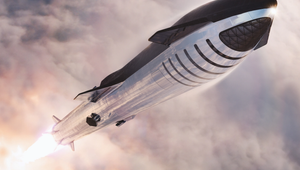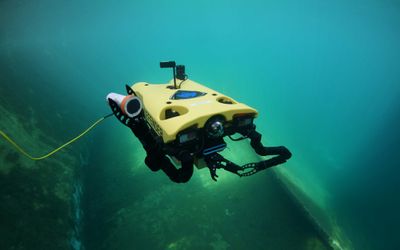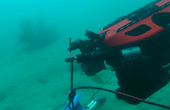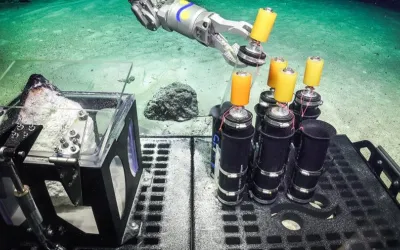Nemo underwater robot
A tethered underwater robotic drone for underwater photography. The robot is agile & maneuverable, and can dive 100 meters with speed at 2m/s maximum. Nemo has a streamlined design and weights 3.3kg. The robot's QAS-balance technology achieves conventional floating dive, forward, backward, turn, tilt posture, hovering, cruising and pitching.
Technical Specifications
| Length | 404 |
| Width | 290 |
| Height | 114 |
| Weight | 2.64 |
| Nemo Battery Weight: | 760 |
| Depth Rating | 100 |
| Speed | 2 |
| Thruster | 4 |
| Camera |
Overview
The robot's QAS-balance technology achieves conventional floating dive, forward, backward, turn, tilt posture, hovering, cruising and pitching.
Nemo has UHD 4K/30pfs recording and supports up to 4K video and 16 megapixel photography. The video shoots up to 120 fps and comes with QAS-Balance system that makes it possible to capture high quality dynamic pictures. Nemo has a film setting functions, combined with matrix lights and a special underwater shooting filter.
The robot has a detachable Battery & Aquarobotman APP. Nemo features a quick-charge modular C-Hyperhelix battery. Users see the real-time view on the App installed on a phone or tablet.
Nemo is suitable for Scuba Diving, Scientific Exploration, Salvage & Rescue, Fishing, Underwater Exploration, Ships Inspection, Yachting, Aquaculture.
References
Describes the technology, has more specifications, a video, and application examples.









